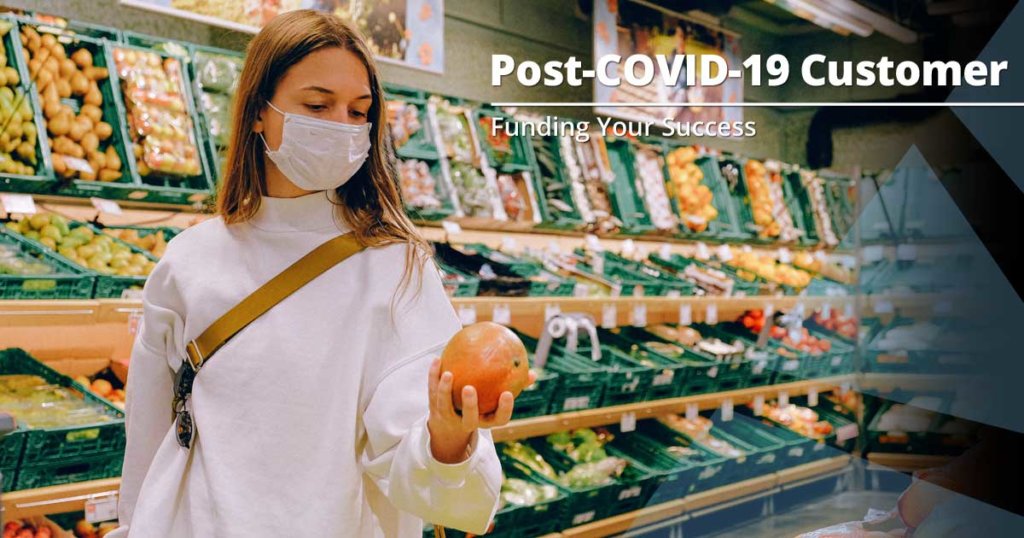The Post-COVID-19 Consumer
 The Post-COVID-19 Consumer
The Post-COVID-19 Consumer
There’s been a run on paper goods at the stores that are permitted to remain open during the coronavirus pandemic. Items we took for granted just 2 months ago—paper towels, toilet paper, napkins—are so hard to come by that we’re starting to see an interesting shift in consumer mindsets. Maybe those cloth napkins we bought for a fancy dinner party aren’t so annoying to dig out after all. And that bidet you thought was so absurd an idea before is starting to look pretty tempting (sales of the underside shower are skyrocketing). Consumers are being forced to think about their shopping behaviors in a whole new light as stay-at-home orders continue, merchants remain closed, and simple things are so in-demand we just can’t locate them anymore. All this begs the question, what does the post-COVID-19 consumer look like?
Less Shopping
After the economy opens back up entirely, there is still a high likelihood that consumers will opt to stay in self-imposed isolation—especially if no coronavirus vaccine is available. A recent poll found that “nine out of 10 Americans are either somewhat or very concerned about being infected” by the virus. Increased precautions are being taken by consumers, and with that comes a new mentality. We’re becoming less and less reliant on having things instantly, or just popping out to the store to grab one thing. We’re reducing our outings, doing the grocery shopping for loved ones, and preparing ourselves with stockpiles of non-perishable items to get us through the long haul. And our reliance on non-essentials like new clothing, manicures, home décor, and more has effectively come to a screeching halt. Did we need any of that stuff anyway? And when we’re back to “normal,” will we fall into our old consumer ways?
More Saving
Businesses big and small are laying off workers at a stunning rate. At this writing, it’s predicted that April’s unemployment rate will be 15 percent. We’re also being told more and more that we’ll see another wave of the virus hit us in the fall. Regardless of which industry we work in, consumers are in a constant state of uncertainty over whether their jobs will be there in the morning. Couple unemployment fears with the very real shockwaves hitting the stock market, and you have a nation of consumers on edge. These factors combined will result in consumers spending less on non-essentials, opting instead to save every penny—just in case.
Online Whenever Possible
From grocery delivery to curbside pickup and everything in between, the coronavirus has opened our eyes to the convenience of digital consumerism. Favorite restaurants that never offered delivery are now on speed dial. Our hesitation over services like Instacart has vanished. And simple items like toothpaste and paper towels can now be delivered to our doorstep faster than we’re able to make it to the store, thanks so retailers like Walmart and Amazon. The new “normal” consumer may very well adopt this digital lifestyle for good, even post pandemic. Brick and mortar retailers will need to consider what this looks like for their business model and if major changes need to take place in order to survive.
There’s a very real shift happening right now, in all areas of our lives—and in all areas of the globe. Retailers need to keep a close eye on trends in order to stay relevant with what is likely to be a very different consumer landscape in the coming months. Stay tuned to ARF Financial for the latest news and information on COVID-19. Remember, we’re all in this together. So stay safe, stay healthy.

